11/02/2018
11/02/2018
Tried to look at stars through my window however couldn't see anything I blame British weather, while my neighbour hid in my bed because it was cold
More Posts from Stars-and-shitt-blog and Others
Because telescopes work using mirrors, we’ll never know if there are any space vampires.
Star Trek and Star Wars are both about blonde farm boys going to space for the drama of it all
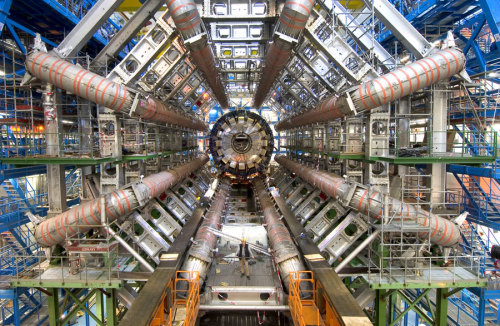
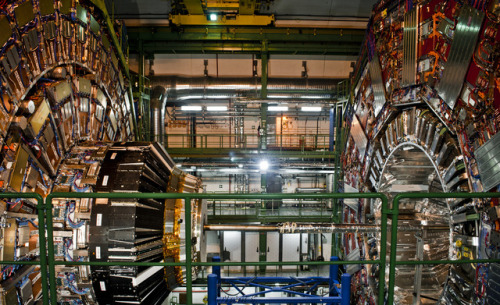
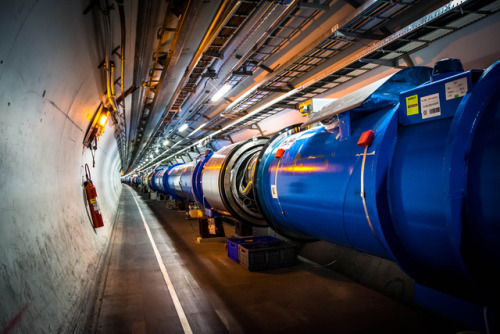
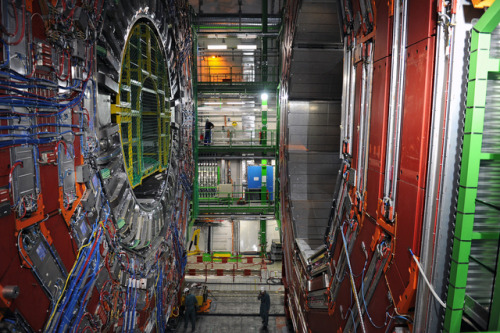
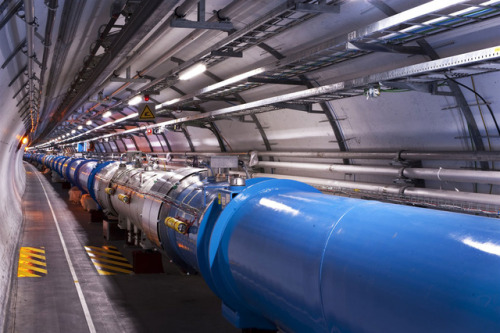
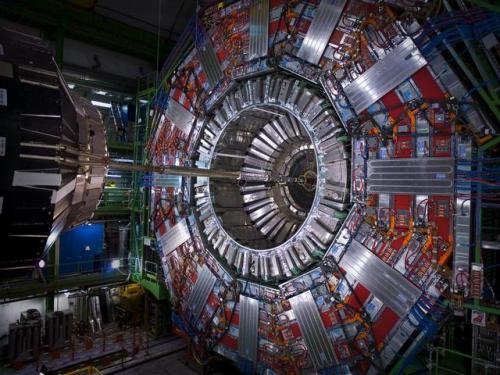
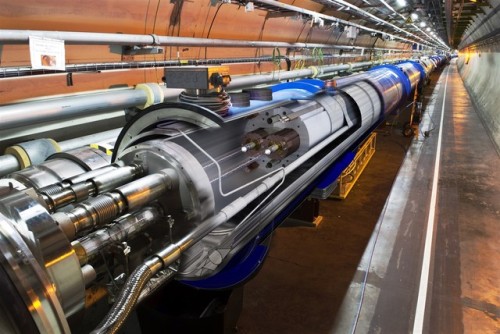
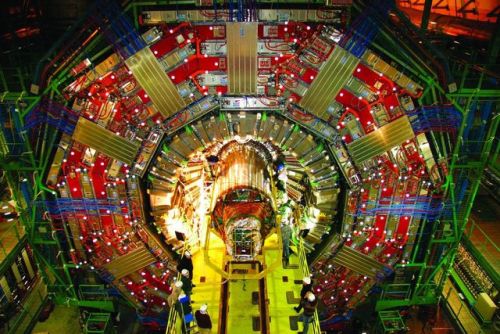
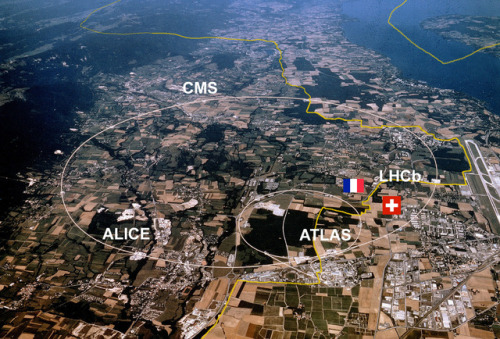
The Large Hadron Collider
The Large Hadron Collider (LHC) is the world’s largest and most powerful particle collider, the most complex experimental facility ever built, and the largest single machine in the world. It was built by the European Organization for Nuclear Research (CERN) between 1998 and 2008 in collaboration with over 10,000 scientists and engineers from over 100 countries, as well as hundreds of universities and laboratories. It lies in a tunnel 27 kilometres (17 mi) in circumference, as deep as 175 metres (574 ft) beneath the France–Switzerland border near Geneva.
The aim of the LHC is to allow physicists to test the predictions of different theories of particle physics, including measuring the properties of the Higgs boson and searching for the large family of new particles predicted by supersymmetric theories, as well as other unsolved questions of physics.
All the controls for the accelerator, its services and technical infrastructure are housed under one roof at the CERN Control Centre. From here, the beams inside the LHC are made to collide at four locations around the accelerator ring, corresponding to the positions of four particle detectors – ATLAS, CMS, ALICE and LHCb.
Image credit: CERN, FermiLab (Vlad Savov, Julien Nyczak, Maximilien Brice).
source
Click here to learn more
Exploring an Asteroid Without Leaving Earth
This 45 day mission – which begins Feb. 1, 2018 – will help our researchers learn how isolation and close quarters affect individual and group behavior. This study at our Johnson Space Center prepares us for long duration space missions, like a trip to an asteroid or even to Mars.

The Human Research Exploration Analog (HERA) that the crew members will be living in is one compact, science-making house. But unlike in a normal house, these inhabitants won’t go outside for 45 days. Their communication with the rest of planet Earth will also be very limited, and they won’t have any access to internet. So no checking social media, kids!
The only people they will talk with regularly are mission control and each other.

The HERA XVI crew is made up of 2 men and 2 women, selected from the Johnson Space Center Test Subject Screening (TSS) pool. The crew member selection process is based on a number of criteria, including criteria similar to what is used for astronaut selection. The four would-be astronauts are:
Kent Kalogera
Jennifer Yen
Erin Hayward
Gregory Sachs
What will they be doing?
The crew are going on a simulated journey to an asteroid, a 715-day journey that we compress into 45 days. They will fly their simulated exploration vehicle around the asteroid once they arrive, conducting several site surveys before 2 of the crew members will participate in a series of virtual reality spacewalks.

They will also be participating in a suite of research investigations and will also engage in a wide range of operational and science activities, such as growing and analyzing plants and brine shrimp, maintaining and “operating” an important life support system, exercising on a stationary bicycle or using free weights, and sharpening their skills with a robotic arm simulation.

During the whole mission, they will consume food produced by the Johnson Space Center Food Lab – the same food that the astronauts enjoy on the International Space Station – which means that it needs to be rehydrated or warmed in a warming oven.
This simulation means that even when communicating with mission control, there will be a delay on all communications ranging from 1 to 5 minutes each way.
A few other details:
The crew follows a timeline that is similar to one used for the space station crew.
They work 16 hours a day, Monday through Friday. This includes time for daily planning, conferences, meals and exercise.
Mission: February 1, 2018 - March 19, 2018

But beware! While we do all we can to avoid crises during missions, crews need to be able to respond in the event of an emergency. The HERA crew will conduct a couple of emergency scenario simulations, including one that will require them to respond to a decrease in cabin pressure, potentially finding and repairing a leak in their spacecraft.
Throughout the mission, researchers will gather information about living in confinement, teamwork, team cohesion, mood, performance and overall well-being. The crew members will be tracked by numerous devices that each capture different types of data.
Learn more about the HERA mission HERE.
Explore the HERA habitat via 360-degree videos HERE.
Make sure to follow us on Tumblr for your regular dose of space: http://nasa.tumblr.com






Happy Earth day! (Let’s take care of our planet while there’s time)
Image credit: NASA, Mission Apollo, STS-103, Lunar module & Cassini

Galaxy NGC 7331
Image credit: NASA/ESA, Hubble
What's your opinion of the Multiverse Theory? Conceptually, it's simultaneously terrifying and glorious in my opinion. On another note, do you watch How the Universe Works?
It is a surprising thing, though I believe we are far from knowing it scientifically. For lack of techniques or technology to prove the existence or not of the multiverse, this creates two sides of the same coin, on the one hand we can sitar science and the other on fantasy, spiritism, or science fiction. For example, string theory says that we would have more dimensions in which we already know. But honestly… as my blog is related to science, I think it best I do not present my opinion here… I just think skepticism can blind you sometimes. And on the second question, yes, I’ve already watched. Sorry if I did not answer your question in the right way.

read 22:06
What if aliens have already received our attempt at contact, but decided to not respond.
Kirk: Don't worry, Spock. We're with you!
Bones: Are we?
Kirk: Yes.
-
 nealmcclure liked this · 4 years ago
nealmcclure liked this · 4 years ago -
 plumv-blog liked this · 7 years ago
plumv-blog liked this · 7 years ago -
 stars-and-shitt-blog reblogged this · 7 years ago
stars-and-shitt-blog reblogged this · 7 years ago
I enjoy telescopes too much for my own good. (PS. my header is fireworks because nothing else fits yet)
38 posts